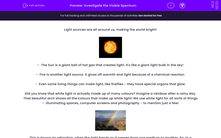Light sources are all around us, making the world bright!
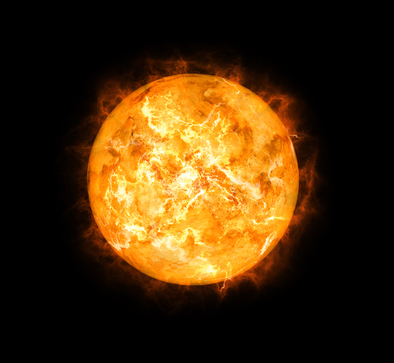
- The Sun is a giant ball of hot gas that creates light. It's like a giant light bulb in the sky!
- Fire is another light source. It gives off warmth and light because of a chemical reaction.
- Even some living things can make light, like fireflies - they have special organs that glow.
Did you know that white light is actually made up of many colours? Imagine a rainbow after a rainy day. That beautiful arch shows all the colours that make up white light! We use white light for all sorts of things - illuminating spaces, computer screens and photography - to mention just a few!
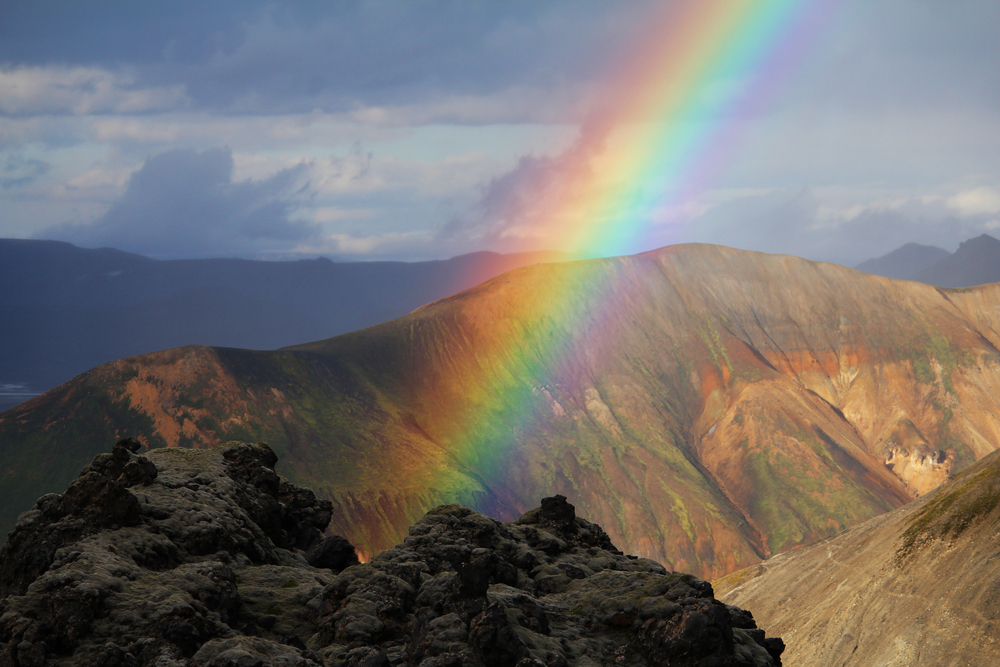
This is known as refraction, when the light bends as it passes from one medium to another. So, in a rainbow, the light travels through air and then through water droplets. When it is refracted we see colours!
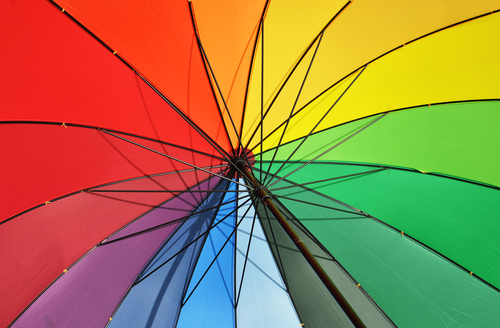
These colours are called the visible spectrum, and they can be seen by our eyes. Each colour has a different wavelength, rather like a special fingerprint of light. Violet has the shortest wavelength, and red has the longest.

The longer or shorter a wavelength is, the harder or easier it is for us to see.
Have you ever heard of infrared? These are long waves of energy that we cannot see, but we can feel as heat! Humans use these in thermometers, remote controls and even in scanners in supermarkets!
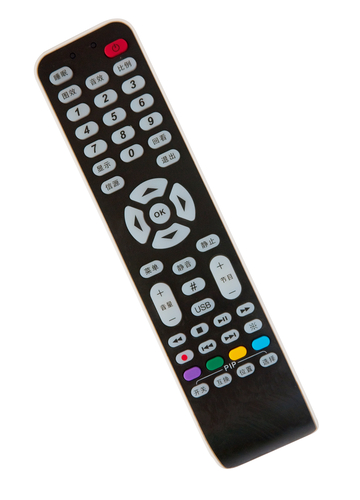
What about ultraviolet rays? These are short rays known as UV rays and some can come from the Sun, but humans also use them for killing bacteria. Dentists also use them to look more closely at teeth and to whiten them. They are also found in sunbeds for tanning - but this is not very safe for our skin, because the Sun's rays are harmful and sunbeds are the same sort of rays but even closer and more concentrated!
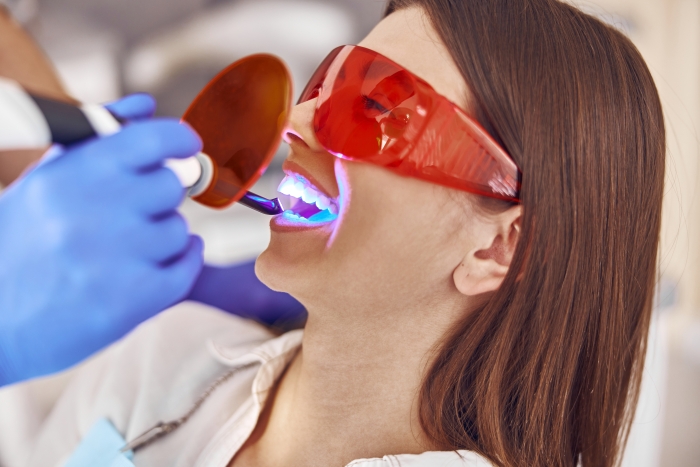
Ultra violet rays are invisible to the human eye, but insects such as bumblebees can see them!
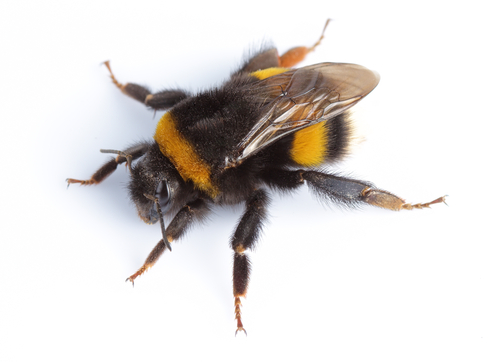
So, the next time you see a rainbow, it's the rain and the Sun working together, showing off all the colours hiding inside its white light!

